Interview with Swarn Lamba, Author of “Listen, Whispers the Baobab”
A poetic tale where a wise baobab whispers stories of nature, empathy, and resilience—inviting young readers to listen, care, and connect deeply.on Jul 18, 2025
.jpg)
Frontlist: In Listen, Whispers the Baobab, the ancient tree becomes the storyteller—a guardian of life and wisdom. What inspired you to give a voice to the baobab, and what does it personally represent for you?
Swarn: The baobab has always felt more than just a tree to me—it’s a keeper of time, of silence, of stories that span generations. Living in Tanzania for so many years, I would often find myself pausing in awe under its vast branches, sensing its quiet strength and resilience. It became a symbol of continuity—of how the land remembers, even when people forget. Giving the baobab a voice was my way of honouring the countless untold stories rooted in the soil of Africa. I imagined it as a silent observer of both suffering and joy, a bridge between the natural world and our human experiences. Personally, it represents wisdom, stillness, and the enduring spirit of nature—things I think children instinctively understand but often lose touch with. This book is my way of reconnecting them to that wonder, and maybe even encouraging them to listen a little more closely to the whispers of the world around them.
Frontlist: Your narrative weaves wildlife, local legends, and emotional realities like poaching. How did you strike a balance between storytelling and environmental advocacy without sounding didactic?
Swarn: It was important to me that Listen, Whispers the Baobab didn’t feel like a lecture, but rather an invitation—to wonder, to care, and to feel. Children are naturally empathetic and curious. So instead of stating facts about poaching or deforestation, I let the baobab and the animals tell their own stories.
I grounded each moment in beauty and truth—blending local legends, landscapes, and rhythms of life I’ve seen first-hand. My goal was to foster connection. When children connect with a character—be it a leopard or a tree—they begin to care. And once they care, the advocacy becomes quiet but powerful. It whispers, just like the baobab does.
Frontlist: The book captures the rhythm of the African savannah through the stillness of a tree. How did you go about researching the ecological and cultural aspects of Tarangire National Park to create such a rich setting?
Swarn: "Tarangire has never been just a location for me—it’s a living, breathing presence. I was fortunate to live in Tanzania for over three decades, and three of those years were spent living about a 2 hour drive from Tarangire National Park. The research wasn’t confined to books; it came from exploring and quietly observing elephants raise dust at dusk, listening to the calls of birds at dawn, and sitting under baobabs that have outlived empires.
Culturally, I listened—to guides, elders, and storytellers from nearby communities who shared tales passed down over generations. These stories, though informal, are rich archives of wisdom. Ecologically, I spent time with naturalists and conservationists, and I learned to observe patterns: the migration of animals, the dance between drought and abundance, and the subtle, powerful role trees play in that rhythm.
In the end, it wasn’t about inserting facts, but about letting the place speak through the tree—about honouring both the science and the spirit of the land.
Frontlist: One of the most touching elements of the book is its reverence for every creature, no matter how small. Was there a particular story or animal in the book that resonated most deeply with you while writing?
Swarn: "Yes, and thank you for noticing that. Every creature in Listen, Whispers the Baobab, no matter how small, carries its own weight in the story because that’s exactly how nature works—each being is essential. The tiny ants tend to their aphid farms and protect the surface of the tree from pests. It’s such a humble, easily overlooked creature, yet it plays a vital role in the ecosystem.
Writing about the ants was a reminder—to myself and to young readers—that significance doesn’t come from size or status. Even the smallest life has meaning and purpose. In a world that often celebrates the loudest and the biggest, I wanted to offer space for the unnoticed, to show that reverence belongs to all living things. That’s the baobab’s whisper too—an invitation to see with kinder eyes.
Frontlist: As a debut fiction author venturing into nature storytelling, did you ever doubt whether readers would connect with a tree’s voice? How did you push past that uncertainty?
Swarn: Yes, I did doubt—often. Giving a tree a voice felt poetic to me, but I wondered whether others would find it strange or too quiet to hold their attention. The baobab doesn’t shout. It doesn’t move. It simply is. In a world that’s fast and loud, I worried: would children—or anyone—pause long enough to listen to its stillness?
But I kept returning to something deeper: the quiet power of nature. When I stood beneath a real baobab in Tarangire, I felt something—an ancient, listening presence. I knew if I could somehow translate that feeling into story, then readers would understand. So I wrote with my heart, not just with hope. I trusted that children—especially—would recognize truth in a whisper. That’s what pushed me past the uncertainty: faith in the natural wisdom of readers.
Frontlist: You’ve written about motherhood and Indian traditions in the past. How did writing Listen, Whispers the Baobab allow you to merge your love for nature with your instinct for emotional storytelling?
Swarn: Motherhood and Indian traditions have always shaped the way I see the world—with tenderness, reverence, and a deep belief in the unseen threads that connect us. Writing Listen, Whispers the Baobab gave me a chance to bring that same emotional sensitivity into a new landscape—the African savannah that I’ve grown to love like a second home.
At its heart, the book is a lullaby from nature to the child—an act of nurturing, much like motherhood. Just as Indian stories are filled with moral depth, symbolism, and quiet wisdom passed from elder to child, the baobab became that elder for me. A storyteller rooted in earth, memory, and emotion. I didn’t set out to merge the two worlds—but they came together naturally: the storytelling instinct I carry from my Indian heritage, and the awe and respect I feel for the wild spaces of Africa.
In the end, the writing became a bridge—between continents, cultures, and the universal language of care.
Frontlist: What message or feeling do you most hope young readers and educators take away from the Baobab’s whispers, especially in today’s climate crisis reality?
Swarn: More than anything, I hope readers come away with a sense of belonging to the natural world—not as visitors, but as part of it. The baobab’s whispers are gentle but urgent. They remind us that the Earth is alive, listening, and aching. In the face of today’s climate crisis, I didn’t want to frighten children—I wanted to empower them.
Through stillness, compassion, and interconnected stories, the baobab shows that even quiet voices matter. Every small act of care counts. I hope young readers feel awe, curiosity, and a responsibility born not of guilt, but of love. And I hope educators feel encouraged to use storytelling as a tool for connection—to help children fall in love with nature before we ask them to save it. Because what we love, we protect.
Frontlist: Your book beautifully bridges storytelling and environmental consciousness. As a debut author, what legacy do you hope Listen, Whispers the Baobab leaves behind in the hearts of readers—especially children and young adults?
Swarn: I hope Listen, Whispers the Baobab becomes a quiet echo in the hearts of children—a story they carry with them, not just for its words, but for how it made them feel: seen, connected, and responsible. My deepest wish is that it helps shape a generation that listens more closely—to the Earth, to each other, and to the wisdom found in stillness.
If even one child pauses beneath a tree and wonders what stories it might hold, or chooses kindness toward a creature others ignore, then the baobab has done its work. I want the book to plant something gentle but enduring—like a seed of wonder, empathy, and stewardship.
As a debut author in this genre, my legacy doesn’t need to be loud. I hope it’s like the baobab itself—rooted, patient, and always whispering.


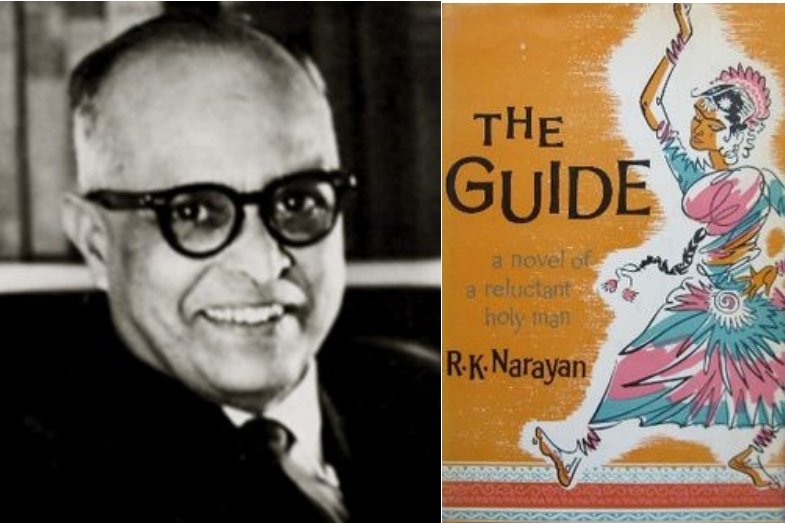
.jpg)






.jpg)

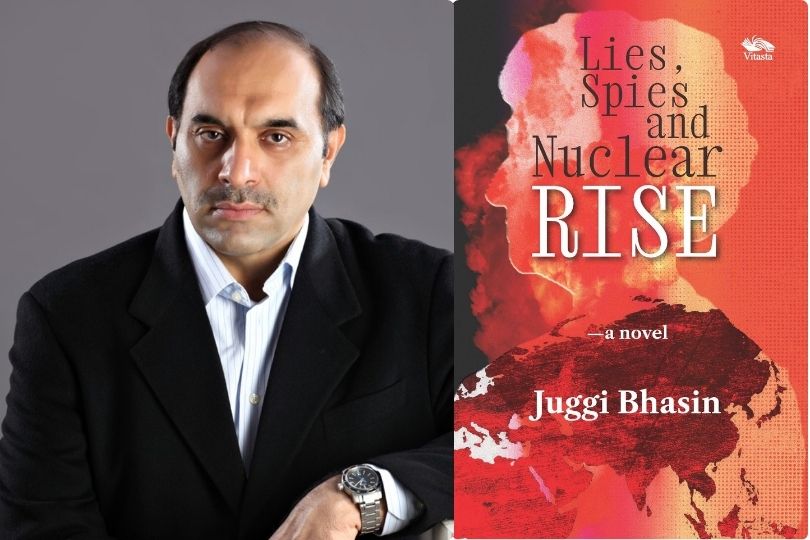
.jpg)
.jpg)
.jpg)

.jpg)
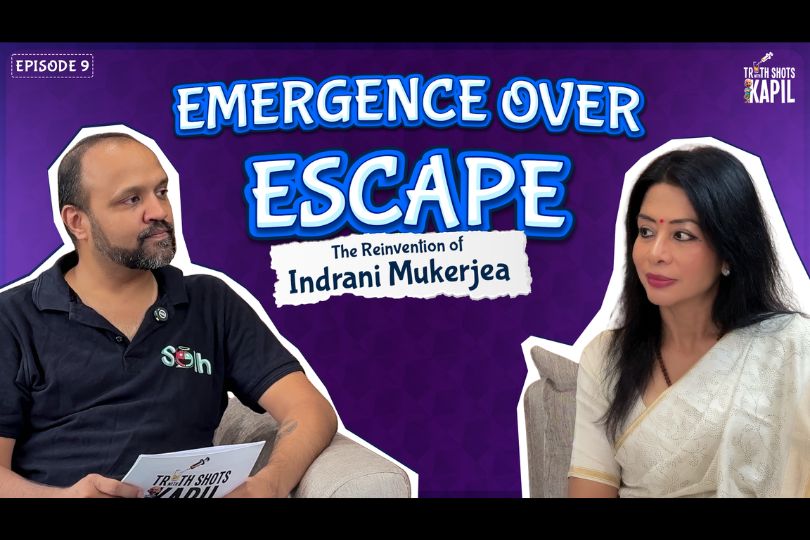
.jpg)
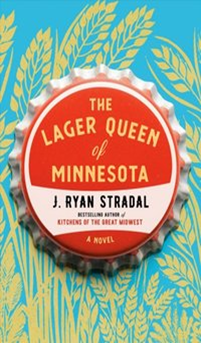


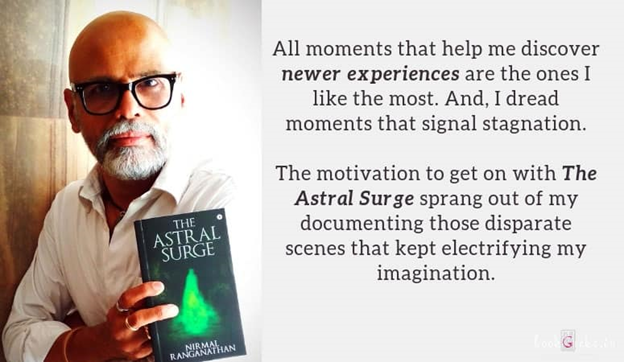



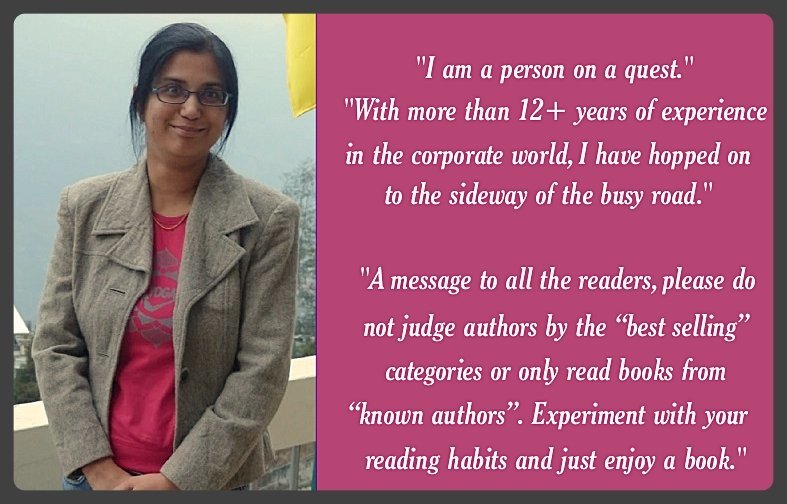


Sorry! No comment found for this post.